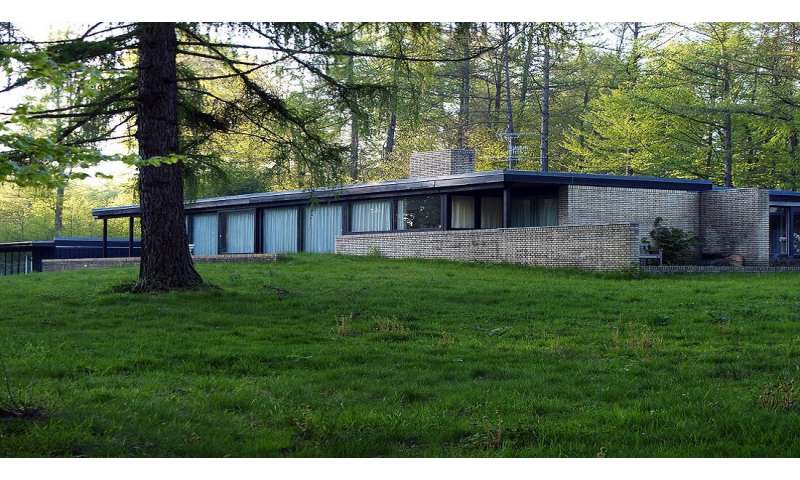Researchers: Homes of North Zealand's elite are most likely to be preserved

According to the Danish Act on Listed Buildings, listed buildings must reflect Danish housing and working conditions throughout history. An extensive study conducted by, among others, a UCPH researcher, demonstrates that since 1945, the vast majority of listed dwellings are unique homes designed by well-known architects in North Zealand.
This is a problem for our democracy and the narrative that we create about Denmark, according to Svava Riesto, an associate professor at the University of Copenhagen's Department of Geosciences and Natural Resource Management, and one of the researchers behind the study. The study was most recently published in the journal Bolig og Fabrik, 2020.
"Our conclusion is that the state has advanced an elitist narrative about Denmark's history during the postwar period by way of our historical building preservation decisions. This is problematic for democracy because it fails to reflect housing among the general public and goes against the letter of the law. Thus, either the law or practices must be revised," she says.
Alongside Rikke Stenbro, a Ph.D. who runs Substrata, a consultancy, Riesto reviewed historically preserved dwellings since 1945 in relation to their type and location using archives from the the Danish Agency for Culture and Palaces. It is the first time that such a detailed study of listed dwellings from this period has taken place.
Long live the homes of the elite
The researchers produced a map (look above) using data from Statistics Denmark which clearly shows that since 1945, the vast majority of listed homes are located north of Copenhagen. These include family villas located along the water in Hørsholm as well as detached homes along the coastal road, Strandvejen.
"The homes listed and which the state has favored since World War II are often large villas, designed by well-known architects such as Jørn Utzon and Arne Jakobsen. But where is post-war welfare housing, where 20 percent of the population lives? Or standardized single-family housing? If we are to follow the law and represent housing more broadly, the equation simply doesn't add up," says Rikke Stenbro.
Once listed, a building cannot be modified without seeking permission to do so. Nor may it be demolished. Therefore, the researchers believe that it is problematic when we only preserve the homes of the elite, homes constructed of the finest materials, with beautiful sea views.
"As of now, we have created an elitist narrative, as opposed to one that is inclusive of the history of the broader community. If building preservation is to be meaningful in terms of reflecting a historical period, it should have a larger perspective. It's about democracy and who is represented," says Rikke Stenbro.
Architectural value too narrowly defined
The Historical Buildings Survey (Det Særlige Bygningssyn) is a committee that advises the Minister of Culture and decides whether a building is worthy of conservation. They do so, based upon their estimation of a dwelling's architectural value, among other things. The researchers believe that the Survey's definition is overly narrow:
"We believe that the concept of architectural value should be broadened when considering whether dwellings should be listed. For example, consideration could be extended to include public-housing areas where planning served to ensure views and provide access to green spaces, playgrounds and common areas from buildings," says Svava Riesto. She concludes:
"The review of listed post-war homes reveals that there is a need for a discussion about the way in which the Act on Listed Buildings is applied. We cannot continue to focus on a handful of architects if the purpose of preservation is to represent the cultural heritage of an entire population."
Provided by University of Copenhagen